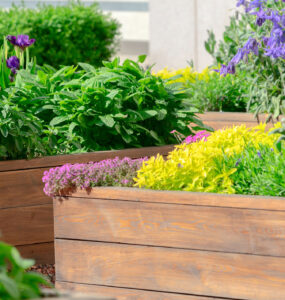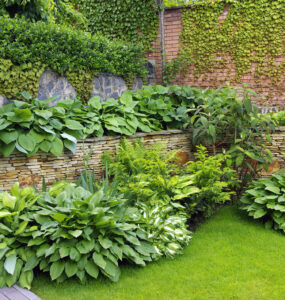
Some folks tend to get a bit squeamish at the sight of bugs scuttling around their yard, but it’s time we shift our perspectives and appreciate everything that beneficial insects have to offer. For too long gardeners have treated all bugs as pests, but this couldn’t be further from the truth. The long-term damage from overuse of pesticides has had some terrible consequences: 40% of pollinators are now at risk of global extinction and flying insect populations have plummeted by 75%.
Plants rely on pollinators to help them reproduce and grow, and if we don’t start making changes to the way we handle pest control, plant life will suffer, as well. Luckily, there’s lots of insect-friendly garden ideas out there to help make life easier for our tiny winged friends.
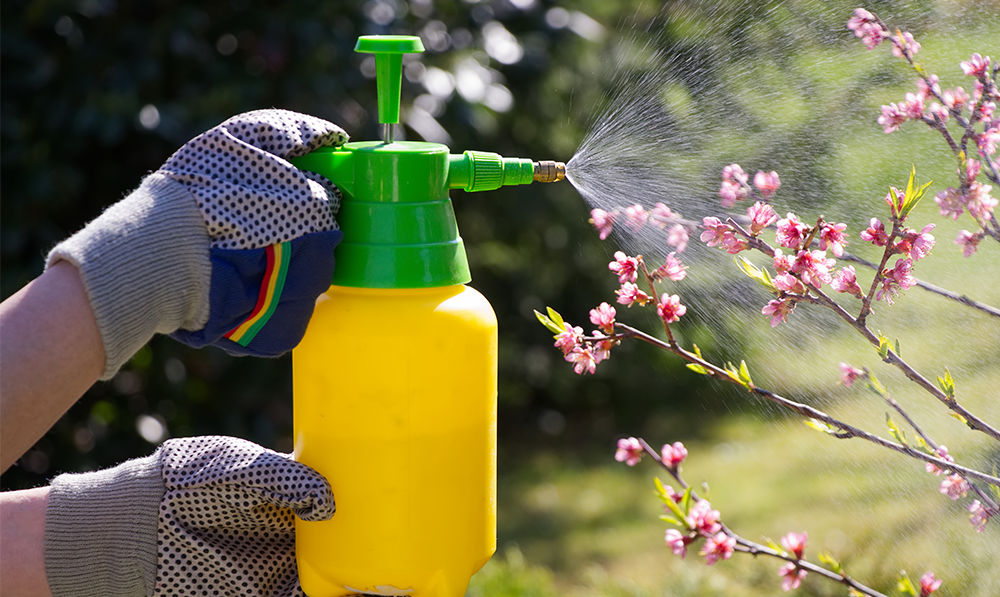
Prevent Pests Naturally with Organic Garden Pest Control Chemical pesticides do a lot more harm than good, so it makes sense to opt for natural methods of pest prevention that keep the good garden bugs safe and your vegetables chemical-free. Plus, many insects, like spiders and dragonflies, help to destroy the bad guys, so you want to make your garden a safe space for them to live. Consider these all-natural resources and techniques for keeping the invasive species at bay.
Soapy water: Filling a spray bottle with a mix of natural castile soap and water is an effective way of killing unwanted bugs that set up camp in your garden. Spray the bugs directly, as well as the underside of leaves where they are likely to hide.
Neem Oil: This is a powerful pest killer that doesn’t hurt bees, butterflies, or spiders. Mites, aphids, nematodes, mealybugs, and many other unwanted visitors don’t stand a chance against neem oil, as it prevents the maturation of larvae, clogs up insect breathing holes, and ceases feeding.
Build DIY Traps: There’s tons of different bug traps that you can make with cheap, everyday materials you probably already have in your home, like old pop bottles and milk jugs. Look online for tutorials on how to build a trap specific for the kind of bug you want to keep out of the yard.
Plant Marigolds: These bright and sunny blossoms attract pollinators from far and wide, but they produce a scent that makes nasty pests run for the hills.
Beer: Yes, you read correctly! Beer is a great repellant of slugs and snails, so crack open a cold one, pour it into some shallow saucers, and hide them around the garden.
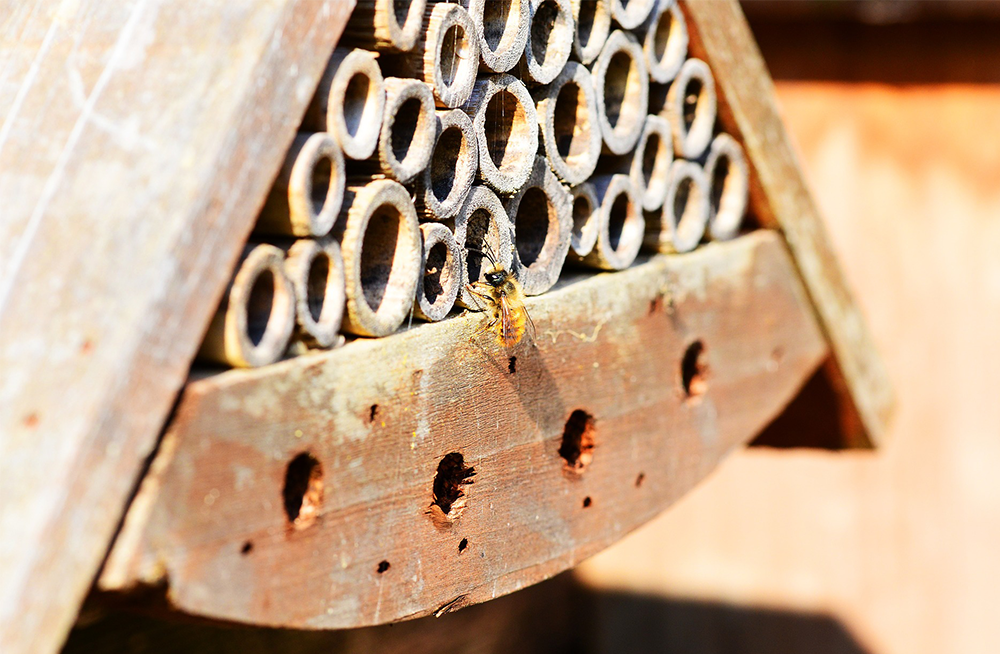
Gardening for Insects: Attract the Good Garden Bugs
Preventing invasive pests naturally is one part of the puzzle, but it’s also important to attract pollinators and other beneficial bugs. There are loads of things you can do to make your backyard a popular hangout for useful insects, so show these bees some love:
Plant native shrubs and trees: These blossoming plants are a familiar source of nectar for pollinators. Make some space for them in your garden and you’ll be sure the generate some buzz among the bee community.
Mow your lawn once every 2 weeks: This seems to be the magic number for attracting bees, because mowing every week will lead them to stop pollinating plants, which will prevent flowers from growing. Mowing every three weeks, however, causes the grass to get so long that pollinators have trouble reaching low-growing flowers.
Create more habitats for insects to thrive: Adding a pond to your yard or applying compost to your garden will help create space for beneficial insects to camp out and reproduce.
Build a bee hotel: Simply drilling holes into chunks of wood will attract lone bees who are looking for a place to rest. Set your bee hotel up so the holes are facing south ““ this way it will stay nice and warm for them.
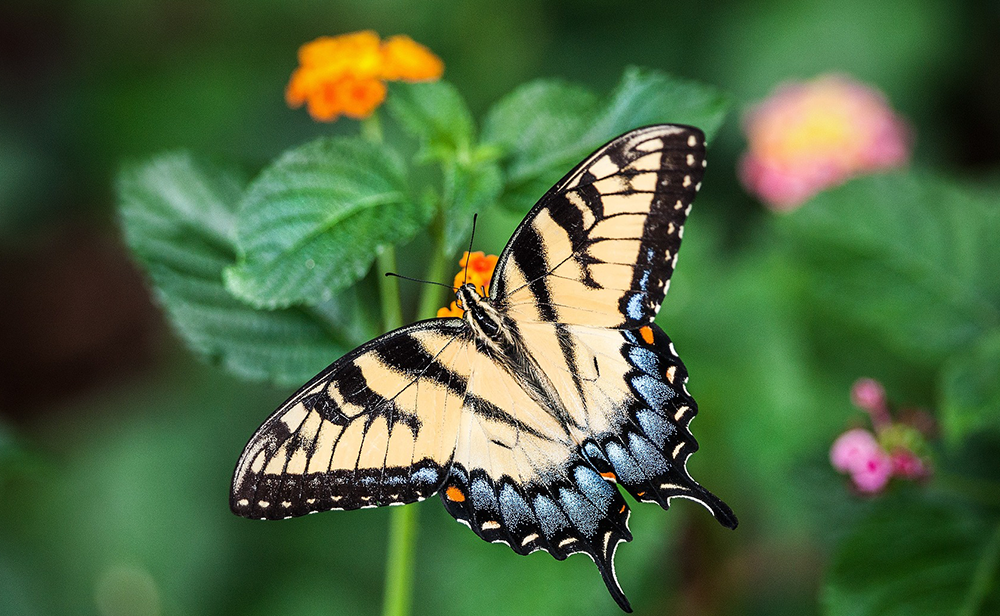
Other Helpful Garden Insects and their Favourite Plants
Some plants are particularly popular among beneficial insects. Here’s a list of some of our favourite friendly insects and the flowers that attract them.
Lady Bugs: These cute, spotted beetles feast on aphids and other plant-destroyers, and they’re attracted to fragrant plants, such as dill, chamomile, yarrow, and goldenrod.
Spiders: Spiders trap and kill all sorts of unwanted pests, so make them feel welcome by planting nasturtium and sunflowers.
Hoverflies: These underappreciated pollinators are often mistaken for wasps, and they’re doubly useful as they also eat cabbage worms, mealy bugs, and aphids. They’re big fans of smelly garden herbs like cilantro, catnip, and oregano.
Butterflies: These little winged beauties don’t pollinate quite as speedily as other insects, but their long tongues give them access to flowers many bees can’t reach. Butterfly bushes, delphiniums, asters, and phlox are sure to attract them like a magnet.
Creating a bug-friendly garden and encouraging your friends to do the same can help reverse the harmful effects chemical pesticides have had on our ecosystem. It might not seem like much, but by taking these simple steps and making changes to your existing gardening practices, you can help the bee population thrive, while improving rates of pollination and food production in the process.


